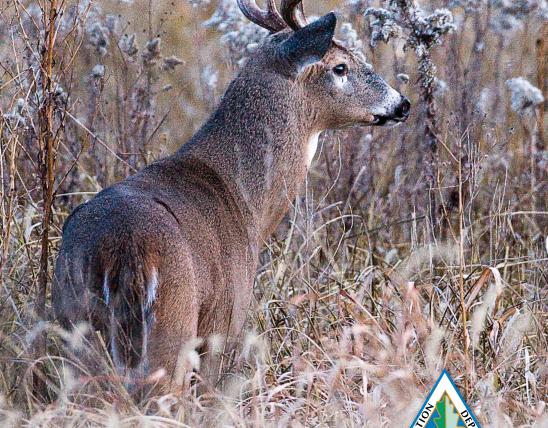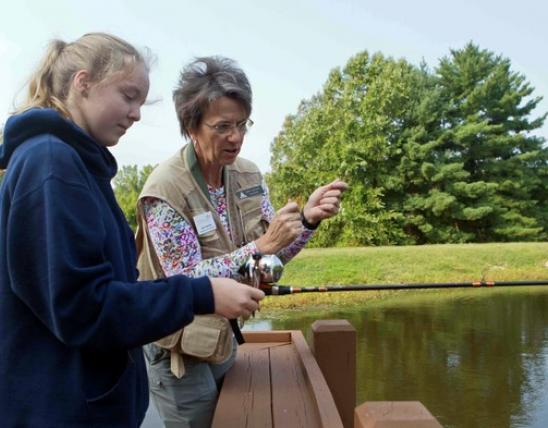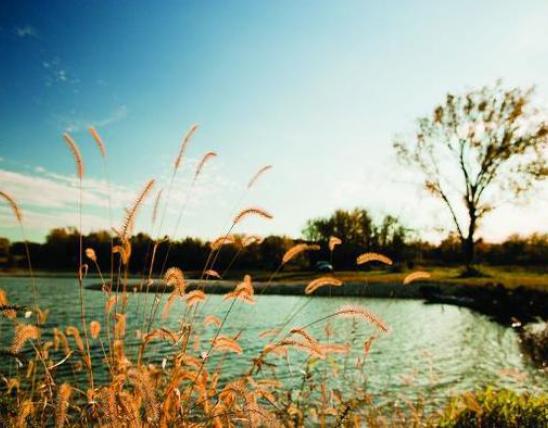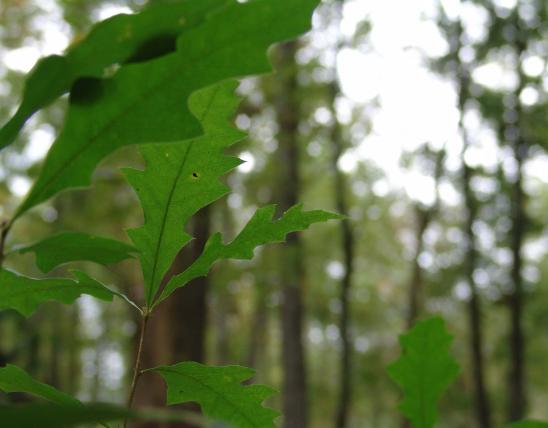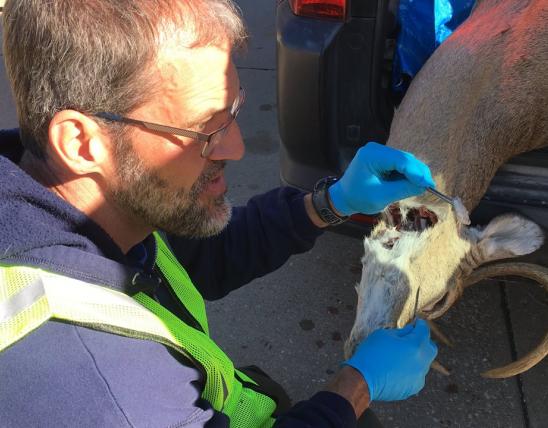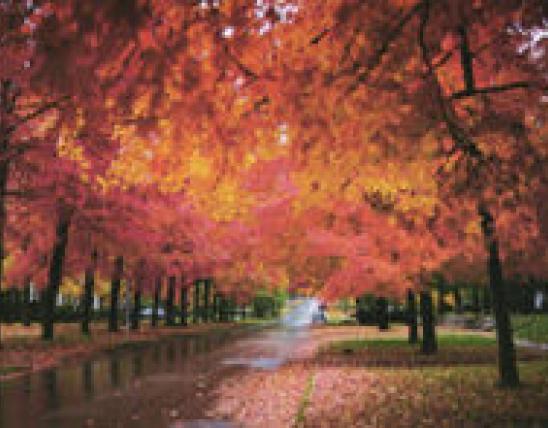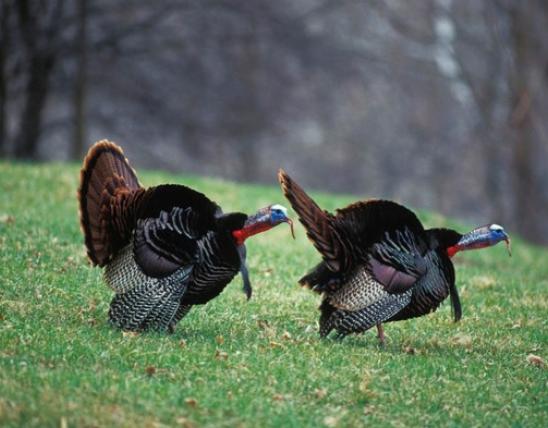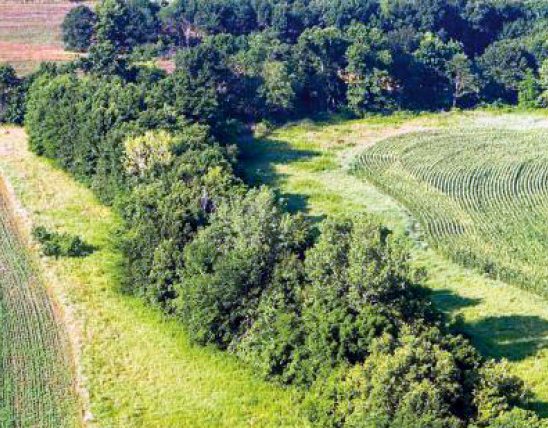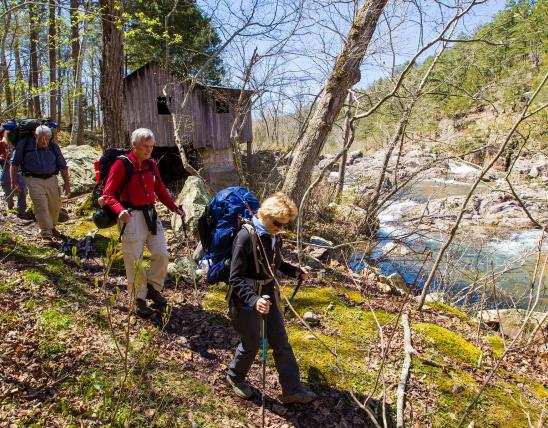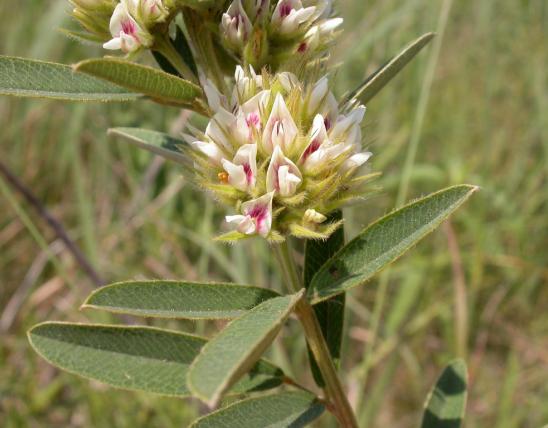
A bushy perennial, usually unbranched, that curves under the weight of its own foliage. Flowers on very short stalks arising from the leaf axils, in small clusters along middle and upper stem, small, pink, pea flower-shaped. Blooms May–September. Leaves alternate, profuse, 3-divided, narrow-linear, short, with a pointed tip and forward-pressed hairs. Fruit pods.
Height: stems to 3 feet (9 dm).

Statewide, except extreme northwestern Missouri.
Habitat and Conservation
Occurs in dry, open woods, prairies, fields, streamsides, roadsides, and railroads.
Human Connections
The name Lespedeza was an attempt to honor a late 1700s Spanish governor of Florida, Vincente Manuel de Céspedes. Botanist André Michaux's notes were apparently mistranscribed in the publication process as "Lespedez." Taxonomic rules prohibit "correcting" names once published.
Ecosystem Connections
The seeds are eaten by birds, including quail and turkey. Deer, rabbits, woodchuck, and livestock graze on the foliage. A variety of long-tongued insects consume nectar, pollen, or both from the flowers. Like other legumes, this plant enriches the soil with nitrogen.



